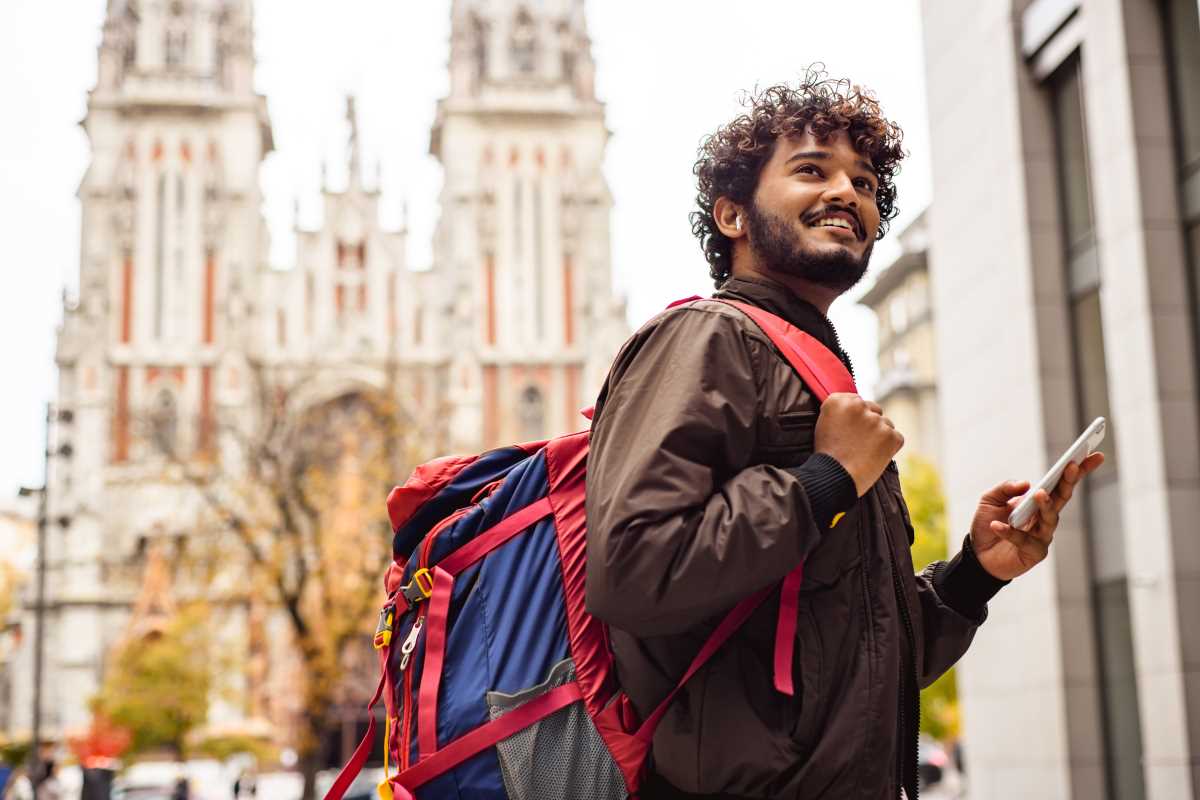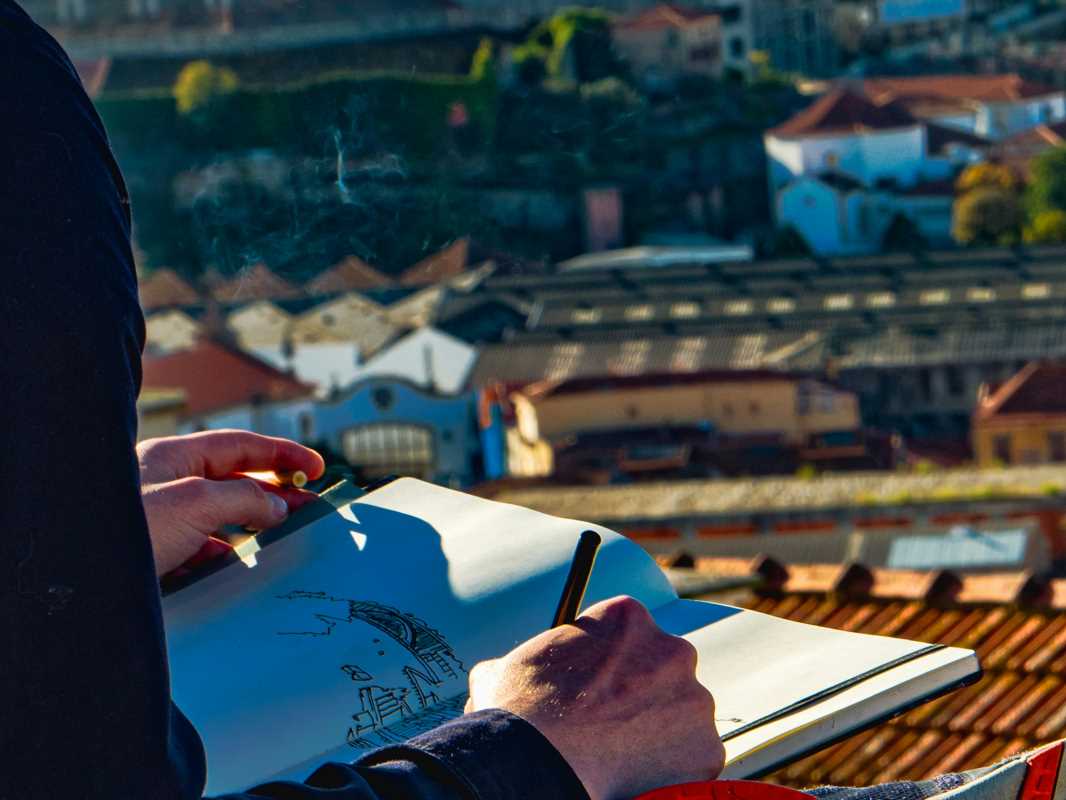Morning breaks with soft pink light spilling over mountain peaks, casting a warm glow on the landscape as your backpack rests against a nearby boulder. Far from the familiar comfort of hotel rooms, the trail ahead promises fresh surprises at every turn—perhaps a hidden hot spring nestled among pine trees or a lively meadow filled with wildflowers and the hum of insects. Each moment brings a sense of discovery that doesn’t require spending a fortune. With a bit of creativity and careful planning, you can turn any weekend into an unforgettable journey, making the most of your time outdoors while keeping expenses in check.
Before you lace up hiking boots or tighten straps, consider this: smart planning transforms simple ambitions into memorable journeys. You need more than a list of cheap tricks. You need a fresh perspective that highlights overlooked options. Let’s explore approaches that spark excitement and keep your wallet healthy at every turn.
Discovering the Hidden Joy of Thrift Travel
- Try spontaneous hostel exchanges focused on sharing skills
- Swap guitar lessons for a bed or cooking expertise for a shower.
- Avoids high nightly fees and builds genuine connections with fellow explorers.
- Search online platforms designed for skill barter.
- Insider tip: Write clear, concise skill descriptions and confirm arrangements 48 hours before your trip to prevent last-minute surprises.
- Look for public lands and national forests recently opened to dispersed camping
- Often lack official campgrounds but offer solitude and no fees.
- Use official land management websites to find designated spots.
- Pack a lightweight stove, tent footprint, and leave-no-trace essentials.
- Insider tip: Choose campsites at least one mile from main roads for a private, undisturbed night under the stars.
- Participate in small-scale volunteering along trails
- Includes trail maintenance days or wildlife monitoring sessions.
- Nonprofits often cover meals and provide rustic lodging.
- Contact local trail associations in advance to reserve a spot.
- Insider tip: Bring dependable gloves and sturdy boots to avoid blisters and fatigue during manual tasks.
- Use regional hitchhiking networks and rideshare boards
- Access free transportation by posting clear ride details on community forums.
- Be discreet near trailheads and thank drivers with small gestures like snacks.
- Insider tip: Travel midweek to connect with more drivers heading to remote outdoor spots.
- Turn everyday memberships into outdoor gear perks
- Use gym passes, library cards, or alumni perks for equipment rentals or discounts.
- Many institutions lend items like tents, snowshoes, and stoves to members.
- Check local databases for gear libraries in your destination.
- Insider tip: Arrange pickups outside peak hours to avoid wait times and ensure availability.
Gear and Tactics for Budget-Friendly Treks
- Pack System: Base Layer Focus
- Choose breathable, quick-drying clothes that double as sleepwear and daywear.
- Opt for merino wool tops and bottoms ($40–$60 each) from outlet stores or seasonal sales.
- Layering provides flexible temperature control without bulk.
- Insider tip: Wear your heaviest item on departure day to reduce pack weight and shipping costs.
- Cooking Setup: DIY Alcohol Stove
- Make a lightweight burner from recycled food cans and denatured alcohol (under $10).
- Punch holes in the can rim, fill with alcohol, and ignite for quick water boiling.
- Test the stove at home to learn fuel usage and burn duration.
- Insider tip: Carry a wick strip to stabilize flames in wind and prevent spills.
- Sleeping System: Inflatable Pad Hacks
- Enhance cheap camping pads by adding closed-cell foam inside for insulation and durability.
- Cut foam sheets (~$15) to fit and secure with duct tape or straps.
- Insider tip: Use a reflective emergency blanket beneath the foam to boost warmth by up to 15°F.
- Navigation Gear: Smartphone Offline Maps
- Download topo maps using apps (under $5/region) while connected to Wi-Fi.
- Save routes and test GPS accuracy before your trip.
- Insider tip: Use a small power bank and set GPS to check every 2 minutes to extend battery life up to 3 days.
- Support Tools: Multi-Tool Kit
- Choose a compact model with knife, pliers, and wire cutter ($25–$30 online).
- Store it in a padded stuff sack to avoid noise at night.
- Insider tip: Wrap handles with heat-shrink tubing or electrical tape for grip and insulation in cold weather.
Planning Your Route with Flexibility
Draw routes that include side trails and unofficial spurs. Focus on sections where free water sources like seasonal creeks or ranger-approved springs flow reliably; this reduces pack weight by half a liter daily. When mapping each segment, mark bailout roads for unexpected weather or fatigue.
Be prepared to change plans based on midday weather conditions. If a thunderstorm approaches, find shelter at backcountry huts or under dense trees. Combine this flexible approach with careful research on trail conditions and ranger notes.
Keeping Your Spirit Alive on Every Mile
Enhance your travel photos by editing each one individually—adjust white balance, exposure, and sharpness to preserve the scene’s true mood. Use gradient masks for dramatic skies and archive high-res versions while sharing compressed ones online. These simple edits help your images tell a vivid, authentic story.







